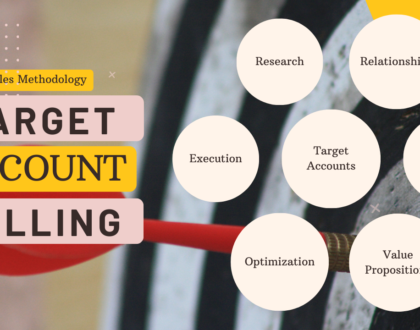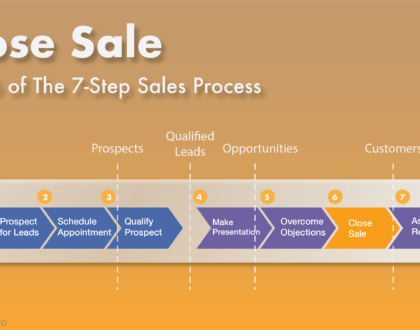Prospects vs. Leads

![]()
Navigating the prospects vs. leads distinction is essential for sales professionals seeking to optimize their conversion strategies. In the intricate dance of sales and marketing, understanding the trajectory from suspects to customers is paramount.
In our exploration of Sales vs. Marketing dynamics, we unveil the critical role played by both in converting targets into loyal customers. From suspects to prospects or leads, and ultimately to opportunities or deals and customers, each stage is integral to the conversion journey:
Suspects → Prospects or Leads → Opportunities or Deals → Customers
Yet, amidst the complexity of the sales funnel, a fundamental question emerges: Are prospects and leads synonymous, or do they represent distinct entities? This inquiry fuels ongoing debate and uncertainty within sales circles, highlighting the need for clarity and insight.
Prospects and Leads are the Same
Sales reps start their work with qualified leads or prospects and close on them.
At the outset of their sales journey, sales representatives embark on their endeavors armed with qualified leads or prospects, intent on converting them into closed deals.
In sales discourse, prospects and leads often share interchangeable usage, blurring the lines between their definitions.
The prevailing notion suggests that sales professionals, whether account executives (AEs) or sales representatives (SRs), commence their endeavors by engaging with these qualified leads or prospects, driving their efforts toward successful closures.
Nope, They are Different
Indeed, another perspective on the distinction between prospects and leads suggests that they are inherently different entities. However, this viewpoint also presents a dichotomy, with divergent schools of thought emerging.
In one narrative, exemplified by various YouTube videos, leads are portrayed as the initial stage in the conversion process, with prospects emerging subsequently. This perspective posits that prospects are cultivated from leads, following a sequential progression.
Leads → Prospects
Check out the playlist Prospects vs. Leads (A) on our YouTube channel.
Conversely, an alternative viewpoint advocated in different YouTube tutorials posits that prospects precede leads in the conversion journey. According to this narrative, leads are identified after the establishment of prospects, challenging the traditional hierarchy.
Prospects → Leads
Check out the playlist Prospects vs. Leads (B) on our YouTube channel.
Prospects vs. Leads: The Right Answer
In essence, leads embody both prospects and suspects within the sales context, delineating a nuanced distinction within the conversion process.
This reality underscores the multifaceted nature of leads, encompassing individuals who exhibit potential interest in a company’s offerings, as well as those who align with the target market segments but have yet to manifest clear intent.
Much like detectives pursuing leads in criminal investigations, salespersons, particularly business development representatives, actively pursue leads in search of sales opportunities.
Considering the delineation between suspects and prospects outlined in our previous discussion on Suspects vs. Prospects, it becomes apparent that suspects, as buyers within target market segments, inherently constitute leads within the sales paradigm.
The overarching marketing and sales conversion trajectory reflects the evolution of leads from suspects to prospects, ultimately culminating in opportunities or deals, paving the way for customer acquisition and retention.
Leads (Suspects → Prospects) → Opportunities or Deals → Customers



